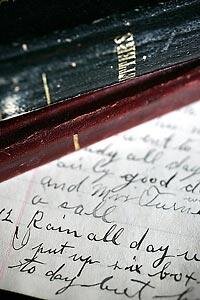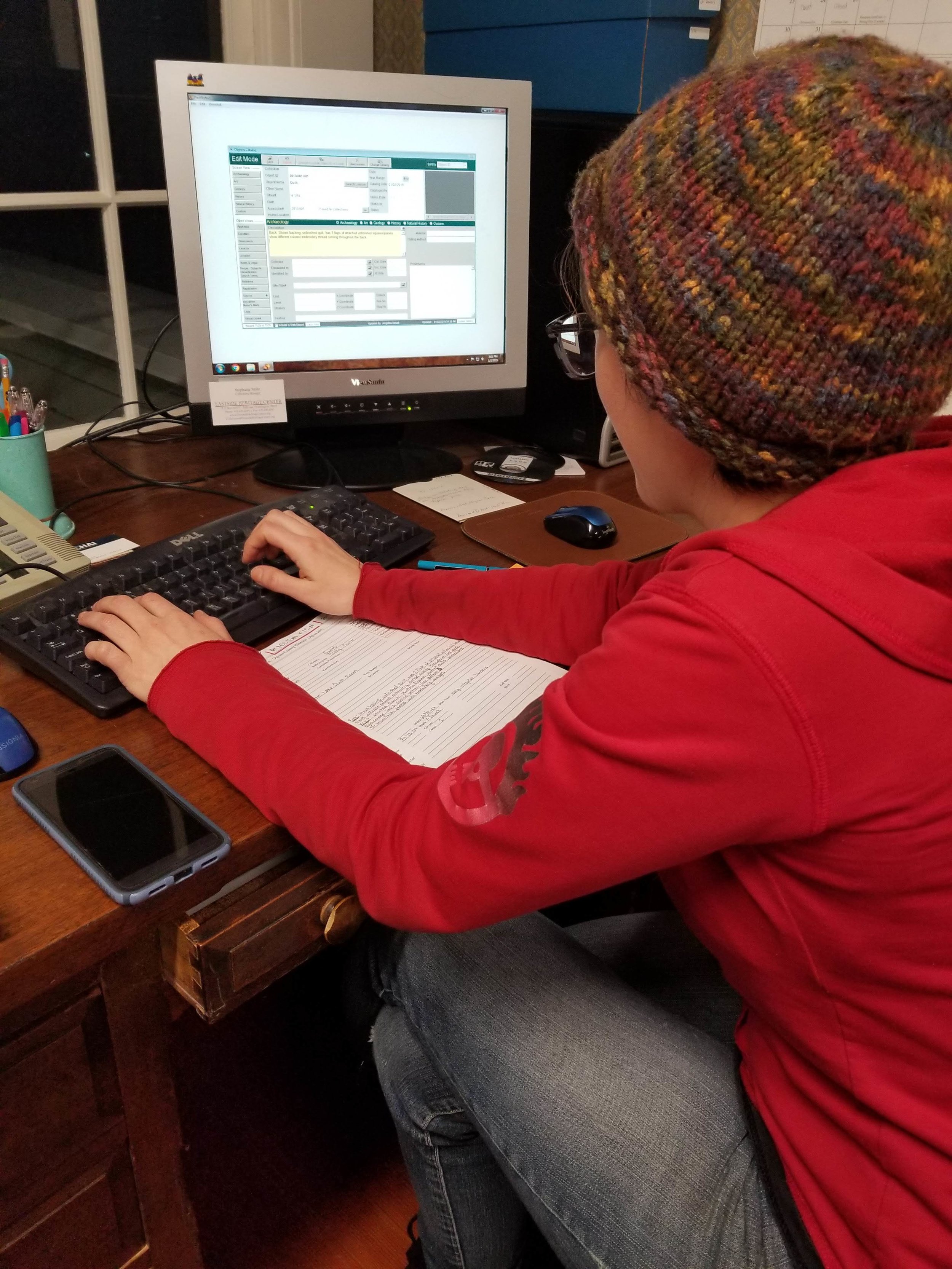The holiday season is characterized by large meals, lavish spreads of specialty dishes, and family traditions. Below you’ll find a selection of recipes from the history of the Eastside. Try one and share your dish with us! Email a picture of your creation to our Collections Manager to be featured on our social media pages.
1950 Ford Treasury of Favorite Recipes from Famous Eating Places
The cookbook lists restaurants throughout the United States. Each page describes one restaurant, and includes an illustration and a recipe from that establishment.
Pound steak with tenderizer. Pour flour into shallow pan; add salt and pepper. Press steak into flour mixture and turn several times. Melt shortening in heated Dutch oven (425°). Brown steak well on both sides, then add chopped onion. Mix mushroom soup with equal parts of water, stir well, and pour over steak. Turn fire down to 350° and let simmer for 2 hours. Add more water if necessary. Serves 4 to 6.
Dutch Oven Steak
2 pounds round steak, 1 inch thick
1 cup flour
1 tablespoon salt
1 teaspoon black pepper
1/2 cup shortening
1 large onion, chopped fine
1 can mushroom soup
1962 Favorite Recipes from Faraway Places
Century 21/Seattle World's Fair Souvenir Cookbook. The book was printed by Frederick and Nelson and Revere Ware.
Pour mixture over 4 pork chops - 1” thick.
Let stand for 24 hours.
Remove chops and brown in Revere 10” Skillet.
Pour Vinegar mixture over chops and cook until chops are tender.
Garnish with 4 slices pineapple and 4 maraschino cherries.
Pork Chops Tahitian
Mix Together:
3/4 cup vinegar
1/2 cup soy sauce
3/4 cup brown sugar
2 tablespoons dry mustard
4 cloves garlic
1916 Jell-O, America's Most Famous Dessert
In addition to the recipes, this book tells the story of a new bride and how she uses Jell-O to cook dinner for her new husband, entertain, and cook for her children.
Thrifty Salad
Dissolve one package of Lemon Jell-O in one pint of boiling water. When cold, put a shallow layer in bottom of mould, and when partly set, place in sliced tomatoes. Fill mould with alternate layers of salmon, cold cooked peas and cold Jell-O. Serve on bed of lettuce leaves, garnished with tomatoes, adding French dressing or mayonnaise.













